The Gus report ŌĆö In the latest of his reviews of much-hyped housing developments, Gus Alexander finds a Gateshead estate built by Wimpey but dreamed up by fashion designer Wayne Hemingway to be really rather dapper
Six years ago Wayne Hemingway, half of the duo behind the fashion label Red or Dead, launched a public attack on volume housebuilders in general and Wimpey in particular, bemoaning what he saw as the ŌĆ£WimpeyficationŌĆØ of England. Wimpey responded by challenging him to do better, and IŌĆÖve been to see the first development that they designed together.
Architects are generally rude about fashion designers as a breed. They think that, compared to the difficult business of making architecture, designing clothes is trivial and ephemeral. This doesnŌĆÖt stop them making sure that everyone can see the Issey Miyake label every time they open their jackets.
Frankly, I think fashion design is far more difficult than architects give it credit for. ItŌĆÖs more competitive, there are more conflicting egos to deal with, it has to be so quick, and the customer base is more fickle. To be a successful fashion designer you have to have a combination of design initiative and a comprehensive understanding of a commercially driven production operation, as well as the wherewithal to pick your way through the retailing, advertising and marketing that goes with it. Architectural design seem a leisure pursuit by comparison.
Hemingway gave a talk a few years ago about his plans to put some Red or Dead zip into estate housing, which he rightly criticised as being cosmically dull and boring. I remember pointing out at the time that many of his objectives, such as providing a greater variety of house types, communal gardens, segregation of cars, playing facilities and public transport interlinks, were hardly new. When we used to do social housing, or public housing as it was then called, at university these were all considered desirable objectives. What Hemingway has done is to reintroduce them into a private sector where there is a management structure in place to see that it actually works.
When I say Hemingway, I mean the architects from Ian Darby Partnership who have helped him help Wimpey make it work. The most important thing Hemingway has done is to wave the millions of pounds he and his wife have made by selling their company in WimpeyŌĆÖs face, as if to say: ŌĆ£Listen to me when I tell you about design: I know what IŌĆÖm talking about.ŌĆØ And good for him.
Wimpey ŌĆō or rather Wimpey (City), the branch that deals with glamorous lofts rather than estate housing ŌĆō offered the Hemingways a number of high-profile sites in the south of England. The Hemingways, to their credit, opted to lend their energies to a much more problematic site in Gateshead, Tyne & Wear. Jane Massey, herself part of a husband-and-wife architect team at Ian Darby, told me that, despite some early reservations, everyone responded extremely well to the HemingwaysŌĆÖ enthusiasm and willingness to return to first principles.
Two years after the first residents moved in, IŌĆÖm still not sure that Staiths South Bank is the ŌĆ£new paradigm for urban livingŌĆØ that Hemingway claimed it would be. But given that the site was effectively a bit of derelict wasteland serving a former colliery, Taylor Wimpey ŌĆō as Wimpey now is ŌĆō has not done badly.
The layout of the Wimpey/Hemingway collaboration is essentially a section of mixed terrace houses with private gardens grouped around courtyards that are themselves are interlinked with pedestrian walkways behind. They have communal facilities: sandpits, barbecues, a playground, ping pong tables, bicycle parking. Most of the housetypes are from the basic Wimpey range, although the decor in the showhouse is anything but, with its feature wall photographs and cool-school modern furniture and lights.
Architect Jane Massey told me that ,despite some early reservations, everyone responded extremely well to the HemingwaysŌĆÖ enthusiasm
Hemingway has persuaded Wimpey to rethink the external appearance, particularly the elevations, which are much more modish than usual with brightly coloured render and window frames, a much bigger variety of brick colours than one is used to and well placed panels of boarding (like an oversized button pocket on a jacket) to soften the overall appearance.
IŌĆÖm not sure the difference in appearance of the individual houses adds much, at least not within the particular courts, and I think the garden elevations would have been better served by having a substantially built uniform pergola feature across the backs of all the houses. However, the landscaping has been done to a high standard, and the ŌĆ£garden buildingsŌĆØ such as bike stores, dustbin enclosures (but no segregated recycling bins ŌĆō bad boy, Wayne), and the virtual absence of cars make it much more pedestrian friendly.
Between the clusters of courtyard garden houses and the river, with its impressive timber ŌĆ£staitheŌĆØ, or wharf, are blocks of flats, six and seven storeys high. These are no better than averagely decent, or decently average. Indeed the pedestrian entrance was almost Stalag Luftian, being an enormous unbroken sea of duck boarding over a ground floor car park. In terms of civic provision, this giant timber floor leaves a lot to be desired now, and promises to look bloody awful after a few winters.
I spoke to a number of residents, who were generally enthusiastic. Peter, having retired and come here from Liverpool, liked the peace and quiet so near to the centre of town (there is a regular bus service). But the younger residents found themselves in a bit of a cleft stick, as the one-car policy, which meant the whole place was not clogged up with tarmac, also meant that it was difficult for both partners to get to work.
The first phases of the development were all built before things went Northern Rocky, so, despite the developersŌĆÖ best intentions, there has been some buy-to-let activity, and although the gardens behind these houses donŌĆÖt actually have abandoned fridges in them, they are quite clearly not as well tended as those of their owner-occupier neighbours.
The difficulty for an estate like this is that it takes a bit of time for the landscape to take hold. Even so, I imagine it will be impressive quite soon and residents who have been here for a year comment on the contribution made by the well structured planting.
Taylor Wimpey and Hemingway have wooed young buyers out of their starter flats into this caring, sharing, child-friendly development which is the embodiment of sixties architectural ideologies such as ŌĆ£a sense of placeŌĆØ and ŌĆ£defensible spaceŌĆØ, and a paradise for children to run around unsupervised. I spoke to one resident, Steve Mayes, whose wife had persuaded him to look at an ŌĆ£estate houseŌĆØ, something he would otherwise never have dreamed of doing. Whether he was one of the buyers who camped outside in the freezing cold for two days to secure a house in the first phase to be released on the market, he didnŌĆÖt say.
One downside is that the local school leaves much to be desired. So, however much they enjoy the participatory atmosphere, after three or four years, when education starts to become a pressing reality, residents with young families will simply have to move to where they think the schools are better. Perhaps, as more people with growing families adopt the Staiths, the demographic will work the other way and the school will be pressured to raising its standards.
Postscript
Original print headline: "Wimpey ├Ā la mode"






















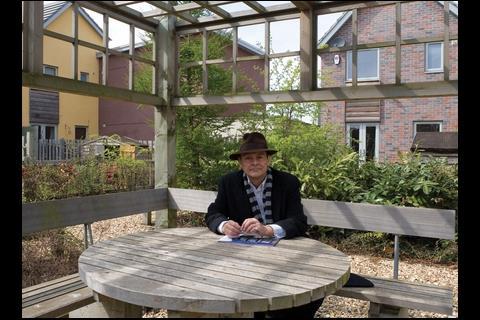
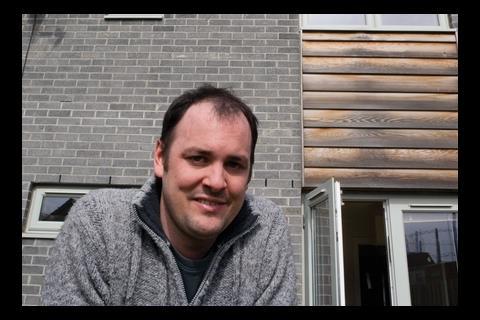
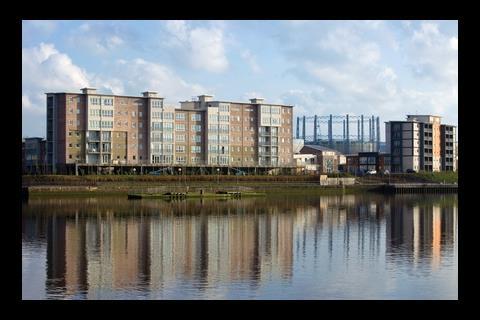
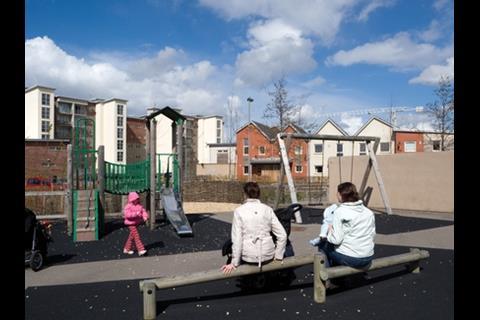
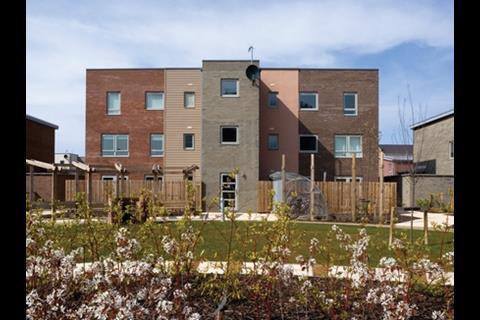
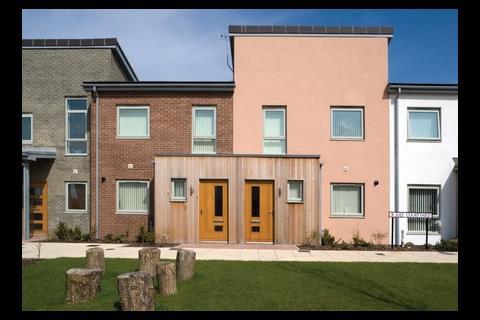
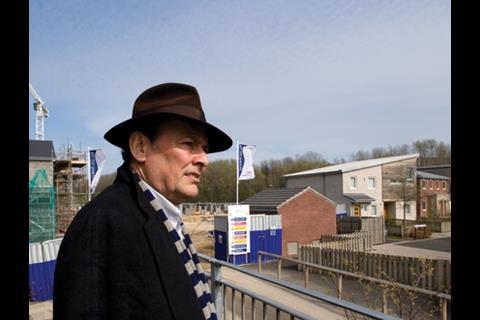




No comments yet